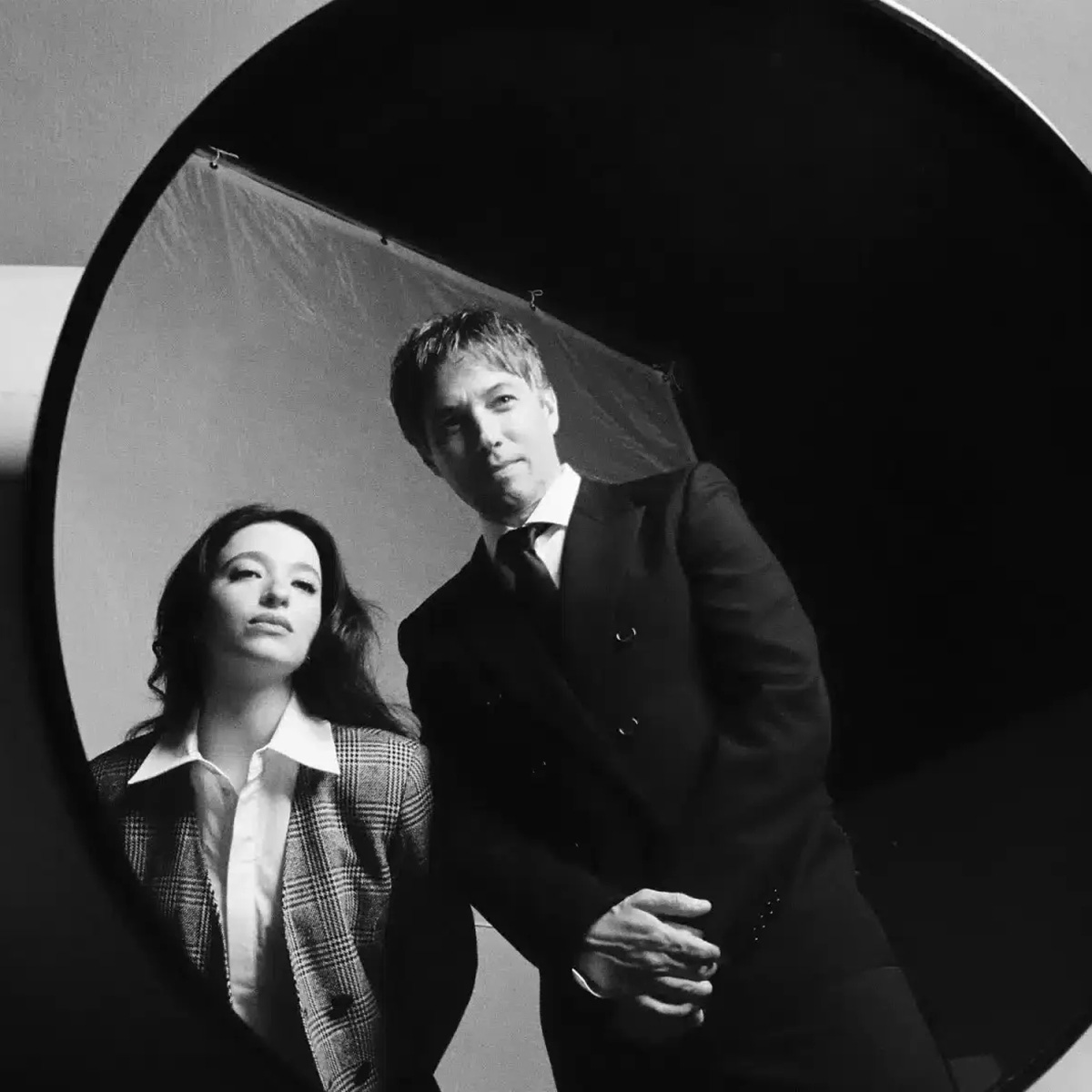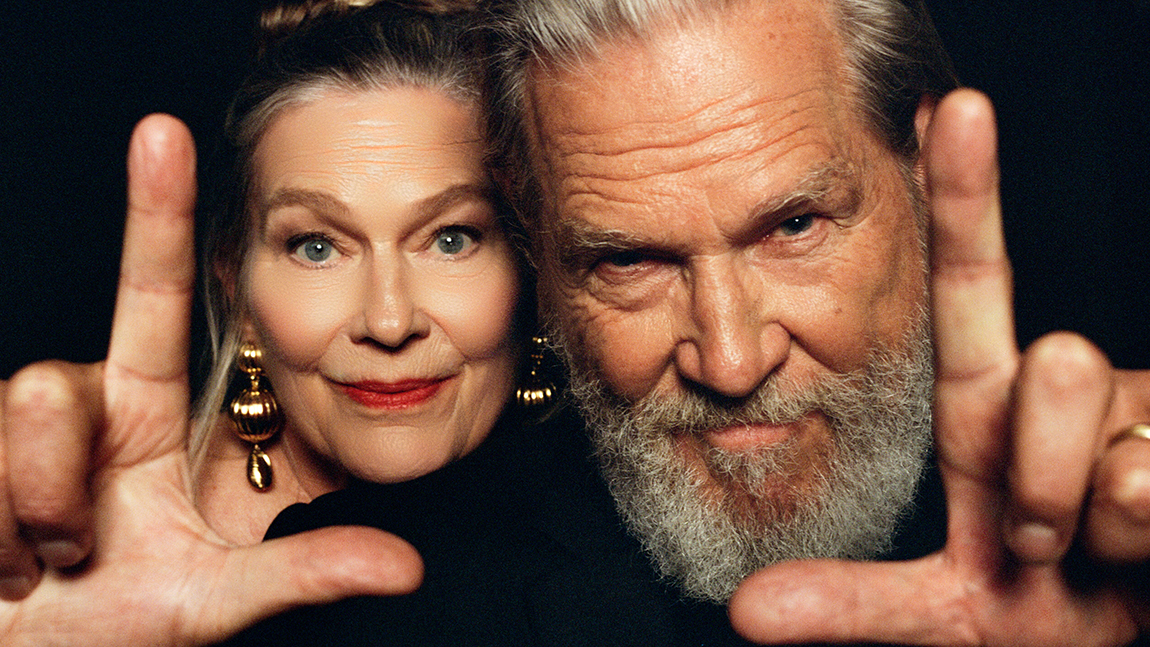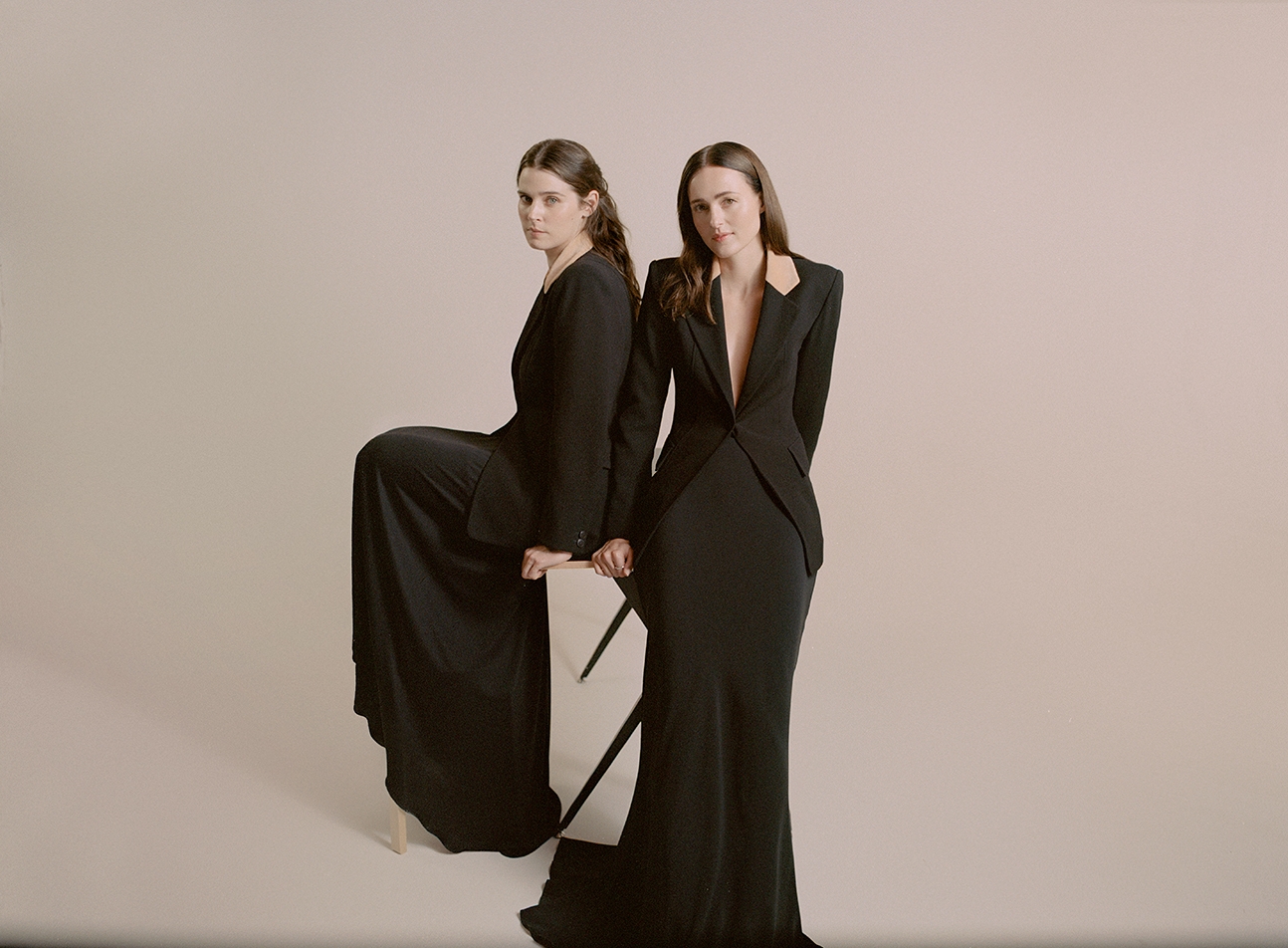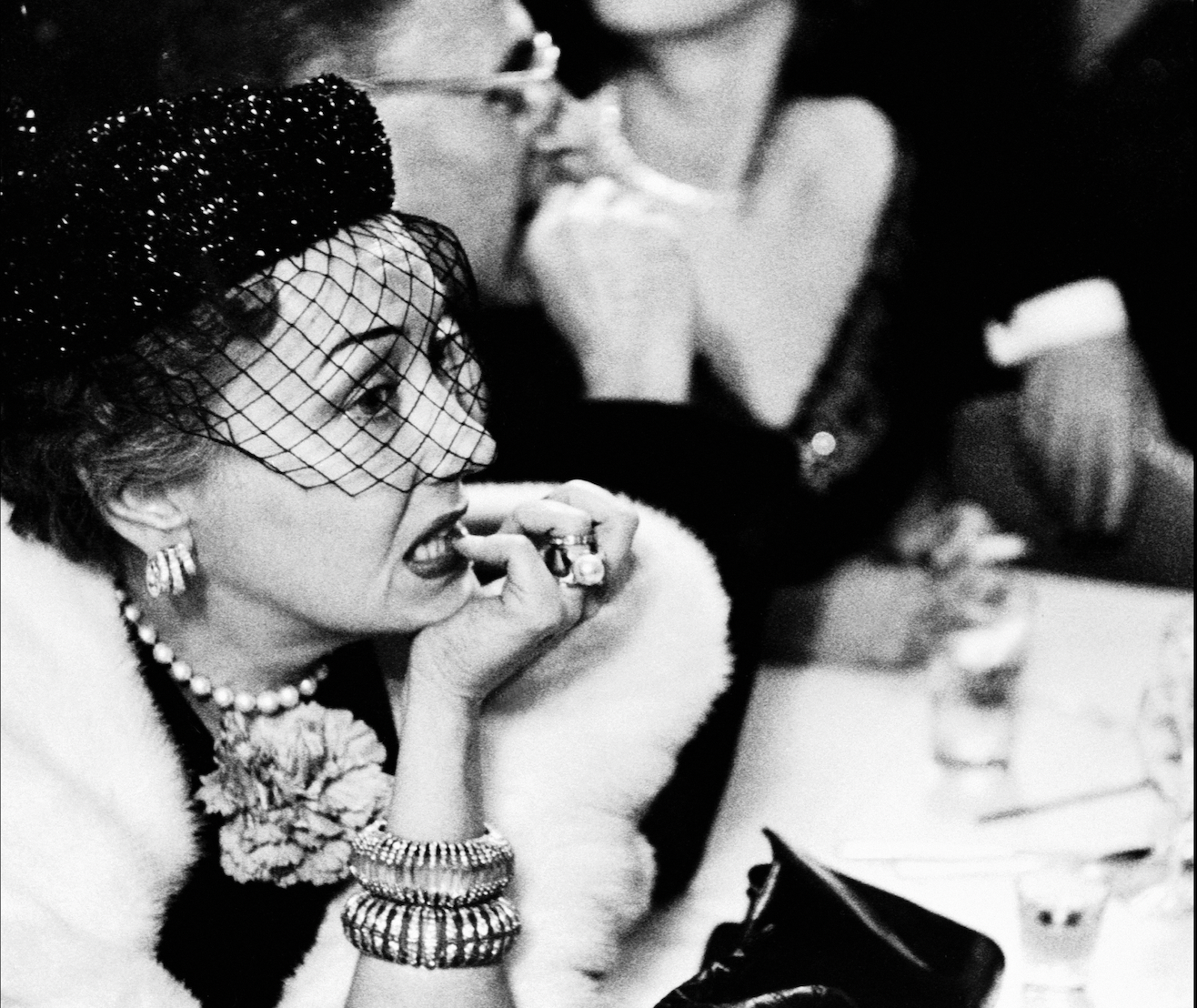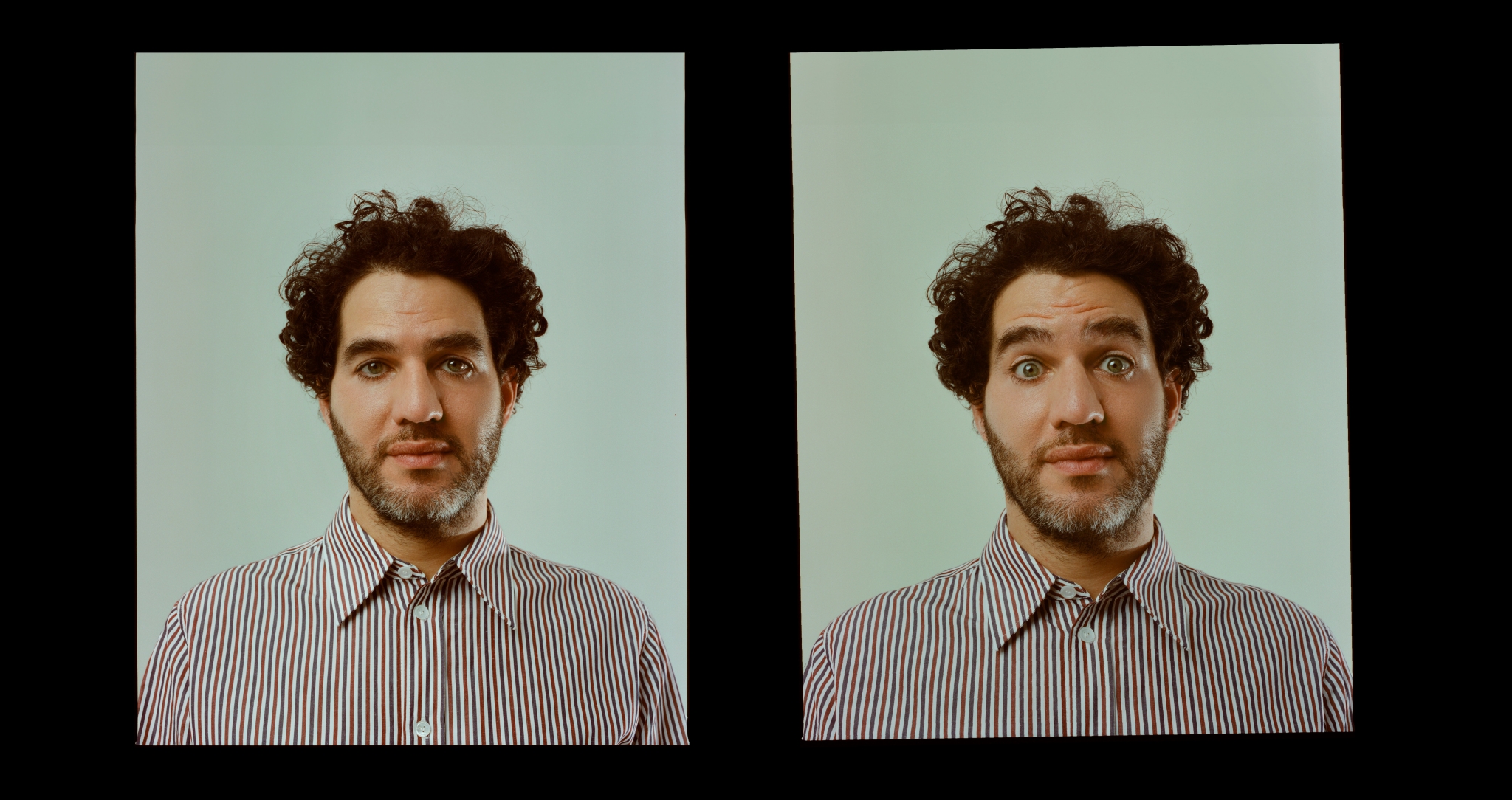

Genevieve Gaunt speaks to Julia Masli about group therapy, clown school and the power of ‘ha’.
Would you tell a theatre-full of strangers your problems? Sleep on stage? Crowd surf? Cut your hair? Take off your clothes and shower? You might if you came to see Julia Masli: an Estonian ‘clown’ and the most interesting performer you may not have heard of.
I discovered her show on a close August night at the Edinburgh Fringe 2023. At 1:30 in the morning, I stepped underground into a sweaty, concrete comedy club called the Monkey Barrel. I had landed a spare ticket to a sold out run of Masli’s succés fou of the festival: her strangely titled ha ha ha ha ha ha ha (7 ha’s to be exact), where it won ‘Best Show’ at the Comedians’ Choice awards. After a trip around the world, from New York to Melbourne, Masli has now returned to London for a run at Soho Theatre.
The show is a tragicomedy where, by using a mixture of audience participation and the principles of ‘clowning’, Masli conducts a kind of ‘flash-therapy’. The show breaks down barriers and brings to the surface the beauty, complexity, pain and humour of ordinary people. It makes you question your own ‘problems’, what you might offer up, what you instinctively censor and why? It also exposes exhibitionists, liars, jokesters, over-sharers, approval-seekers, the defensive and champions the beauty of truth and vulnerability. What stays with you is our shared humanity and, for a brief moment, how beautiful it is to rely on the kindness of strangers.
Masli is otherworldly; bright and soulful with a wry sense of humour. She reminds me of a Modigliani female portrait: dark hair and choppy fringe framing grey eyes. She speaks with an hypnotic, Estonian accent.
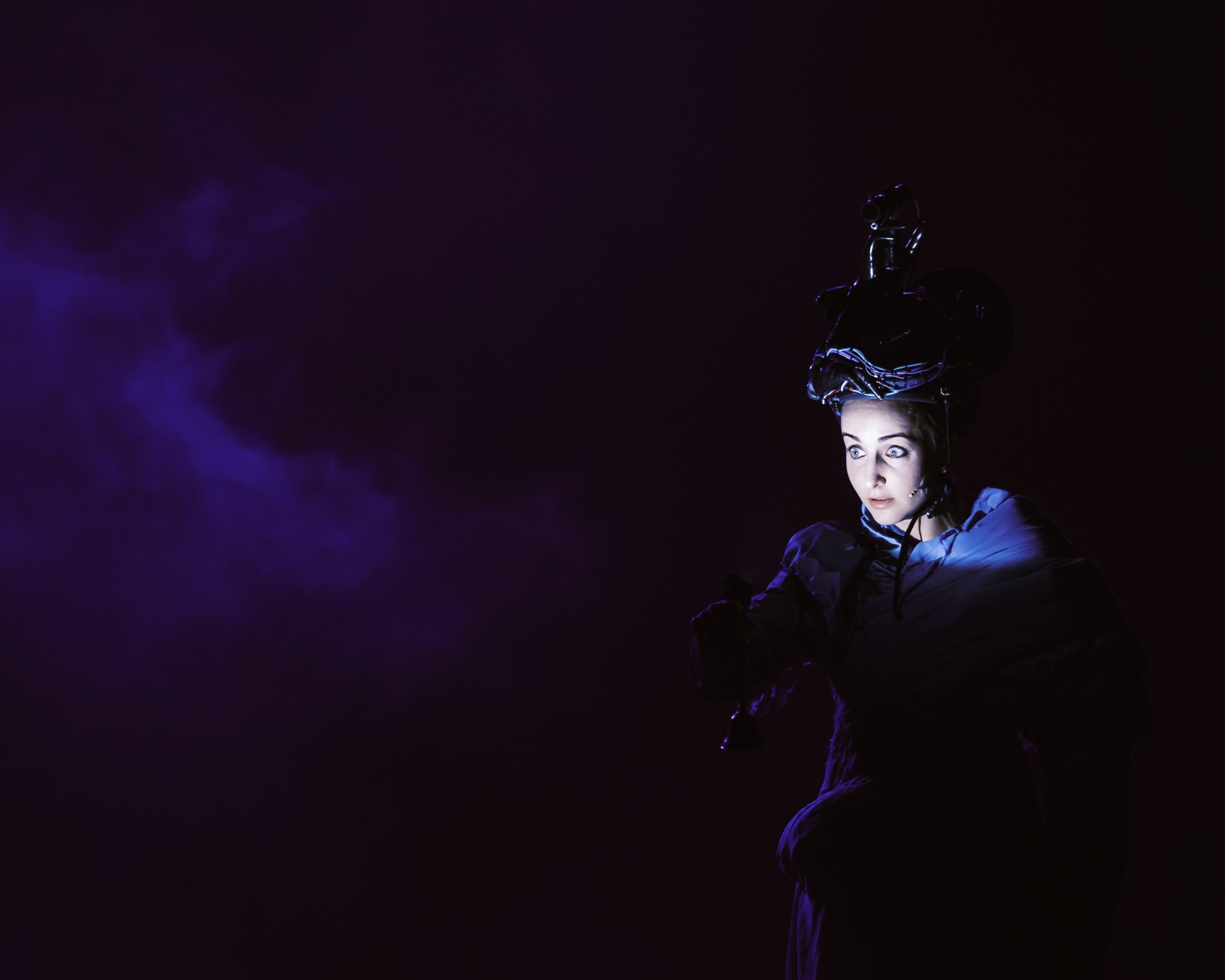
Julia Masli on stage. By Austin Ruffer
GG: People hear ‘clown’ and expect a red nose and multicoloured hair. On your website, you say ‘Julia Masli is often mistaken for a clown. All she wants to do is solve people’s problems and eventually win the Nobel Prize.’ So what do you mean that you’re mistaken for a clown? What is the essence of ‘clowning’?
JM: Clowning is about the present moment. It’s us here together and it’s about connecting to each other. I guess it’s a training style, where you are the joke. But I like serious work, so I prefer to be a tragic actor.
GG: The genre of your show strikes me as tragicomedy.
JM: I love that.
GG: What is ‘Problem?’ in Estonian?
JM:….Probleem?
GG: The show has seven ‘ha’s’ in the title. Why?
JM: Seven is a lucky number for me.
GG: Why is there a ‘ha’ at all?
JM: ‘Ha’, to me, is a really important sound. ‘Ha’: it’s like the sound of laughter but also a mantra. [She chants] Ha-ha: it calms me down if I say that. Try it. Haa.
GG: Now?
JM: Try it now.
GG: Haaaa.
JM: Do you feel calmer?
GG: I think so… You grew up in Tallinn, Estonia. You’re the daughter of two lawyers. How did you come to this profession?
JM: I had a dream to be an actor in London but it was very closed-doors for me because I had a really strong accent. I found out about Philippe Gaulier’s clown school [in Étampes, a medieval town one hour away from Paris]. Gaulier: the old master clown, with the drum, red, round glasses. You don’t have to audition to go, so I went and tortured myself for two years. Gaulier bangs a drum if you are no good. If you’re really awful, he’s just like, ‘Get off the stage. You’re a piece of shit. Go!’ and then you go and you cry, and then you try again the next day.
‘Ha’, to me, is a really important sound. ‘Ha’: it’s like the sound of laughter but also a mantra. [She chants] Ha-ha: it calms me down if I say that. Try it. Haa.
Julia Masli
GG: At Gaulier’s clown school, is the goal always to be funny?
JM: No, you can be beautiful. The goal is for us, the class, the audience to be with you, we’re holding our breath. The goal is complete silence. Beautiful silence is great. He loves that. So Gaulier’s teaching presence as well. And great presence means you’re interesting. If he feels like someone is rustling a bag of crisps…he will bang the drum quickly.
GG: Does it teach you resilience? [Laughing] Or masochism?
JM: It’s not for everyone, you know. Like all training there are pluses and minuses. I was grateful for the different people I met there: some actors and circus artists and dancers, yes, but also people twenty years older than me: a lawyer who had quit their job, a doctor, a Japanese priest. He was the finest and the funniest. He was incredible, just so present. Afterwards he went back to being a priest.
GG: Did you know you were on a path to success?
JM: Oh, it’s good to talk about this. No. I struggled for the whole two years to make people laugh and I couldn’t do it. I was better at the tragedy module. I would work all night on my costume. I would come into class with my big costume that I had made, and the reaction was: nothing back. It was so painful, it was torture, doing it every day, crying every day and one day I thought, ‘this is not for me, I give up.’ But I was still paying for the school so I thought I’m going to get up and do the exercise. And that’s when people laughed.
GG: Why did it work?
JM: I guess, I was free. I was free but still committing. That was a big lesson.
GG: If you had to do another job, what would it be?
JM: I would probably do some really weird therapy. There’s something about therapists that I am fascinated by.
GG: You’ve performed in London, Edinburgh, New York, Washington DC, LA and Boston… What are the most memorable moments?
JM: In Melbourne, there was an American man who had just moved there. He had just got a divorce and he felt so lonely; he just couldn’t make any friends. So during the show we organized a house party for him at his place and they sent me the video of them all dancing in his flat. That was really special. In Washington DC, a man proposed to his partner. And in Edinburgh, a woman who had a heartbreak, took off her clothes and crowd surfed. She got nervous so I joined her. We crowd surfed naked over strangers and it didn’t feel strange. That was transformative and emotional. We have stayed friends.
GG: Have you ever been stumped by a problem?
JM: Yes. In Soho, London. One man said his family was killed in the West Bank. How can you solve that? The next problem was ‘I have a hole in my sock’. But maybe he felt that it was important to share it in that room and I was grateful that he did.
GG: Do different places have different problems?
JM: There’s definitely a shared humanity. Everyone has the same problems everywhere. Even political ones. The same political problems came up in Melbourne as they did in DC. In New York? Everyone is exhausted. No one is sleeping.
GG: The city that never sleeps.
JM: Yes, they’re always working and partying.
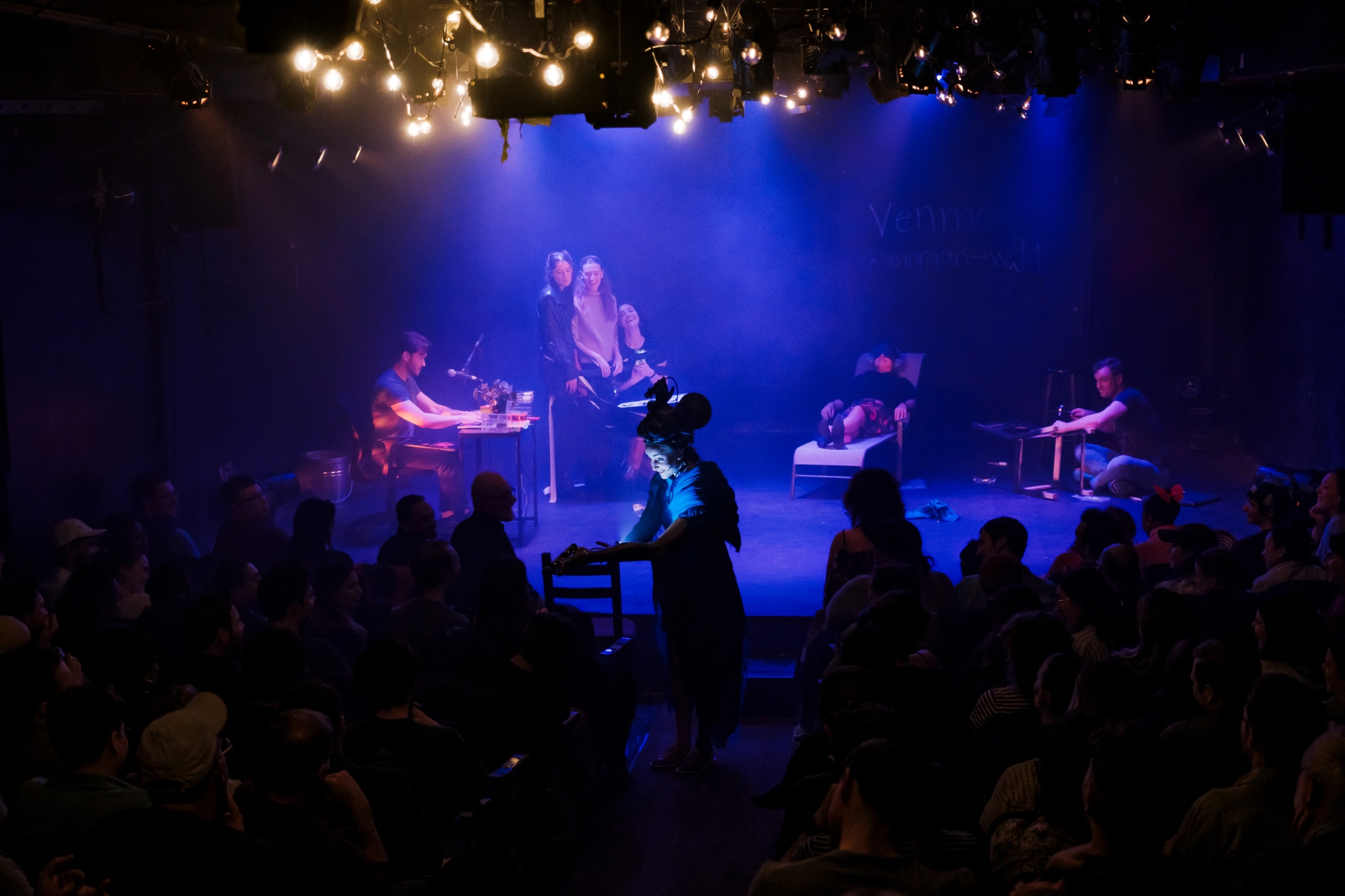
Julia Masli on stage. By Austin Ruffer
GG: I believe the musician David Byrne of Talking Heads participated in one of your New York shows? Did you know who he was at the time?
JM: No, only after I left, as soon as I came out my stage manager, Laoise, told me. I couldn’t believe there was this old man who had this amazing voice and who put a broken chair back together perfectly. The rhythm of the hammering added a whole new element to the show.
GG: Of course David Byrne would make a hammer a piece of percussion. Have you had any unwelcome chaos during a show?
JM: No unwelcome chaos; chaos is welcome I think.
GG: Has anyone ever kind of surprised you by saying ‘Problem?’ back?
JM: Yes.
GG: How do you deal with that?
JM: It’s hard but I really do answer it. I have to if I have such a big ask of them.
GG: What have you learned about yourself during this process?
JM: I’ve realised that everybody is dealing with something in life and it makes me feel a little bit less alone. I definitely have problems; I feel isolated a lot of the time. So this need for connection is something that I feel strongly. The show brings community. By knowing that so many people have problems and by knowing that they can make light of them it also makes me feel like I can deal with my day a little bit better.
GG: How did the show come about?
JM: The director of the show, Kim Noble, is a performance artist. His show Lullaby for Scavengers that I saw here at Soho Theatre blew my mind and inspired my show.
GG: You are alone on stage but sound, light and costume play a big part. Who is your invisible team?
JM: The sound is such a big element, it’s almost like I’m playing with a person. The sound designer is Alessio Festuccia, the sound operator is Jonny Woolley – Sebastian Hernandez in New York- and the stage manager is Laoise Holohan. They have to improvise, to be very sensitive; they’re like jazz musicians, kind of playing with whatever is going on in the room. Sometimes I follow what they give me; we’re playing together. Lily Woodford is a wizard; she did the lighting design and is also the production manager. The three people behind the costume are incredible: Alice Wedge, Annika Thiems and David Curtis-Ring. Alice designed the dress, Annika made it and the head piece was made by David.
GG: It’s not a plot spoiler to say that in the show you hold a mannequin’s leg. Where did that come from?
JM: The leg on the arm, that was the first thing that came. After a long period of depression and actually being completely out of work, the first thing I did was a show called Legs. That show kind of saved me and since then ‘legs’ have been something that I always incorporate.
GG: What’s next?
JM: I think we will take this show on the road again, I would like to play it more. I think in 2025 we’re doing a US tour. It’s coming back to New York again.
GG: Has anyone approached you to film it as a documentary? Would you ever do a ‘Problem?’ TV show walking the streets of London?
JM: I’d love to try. I’d love to ask their problems. Yes, why not? The show needs to come out of the theatre. Yes, yes, yes! We need to go to the back alley and find out what the people’s problems are. Who knows what they want, right? We could find out.
GG: Which artists inspire you?
JM: Kathryn Hunter. I’m inspired by her vulnerability and fragility on stage and her passion in general. I’m inspired a lot by films. I rewatched The Seventh Seal the other day. Directors like Emir Kusturica, Béla Tarr, a Swedish director called Roy Andersson. I like absurdist, tragic cinema.
GG: What do you like to do in London?
JM: I love walking everywhere. Even if it takes two hours to get somewhere, I walk, because I just get to experience the city that way so much. London is so old and it’s an amazing place.
GG: In the spirit of the name of the magazine, A Rabbit’s Foot. What animal would you choose as your symbol?
JM: I actually think I would be a rabbit. A hare; a big rabbit with long ears, long feet, vulnerable; in the woods. I think my strength is probably openness and vulnerability and my weakness is being decisive. This show happened by mistake. It’s lucky that I’m in this situation. Also, hares have long feet and, of course, ‘legs’ are important…
ha ha ha ha ha ha ha is on at Soho Theatre, until 11 January 2025

